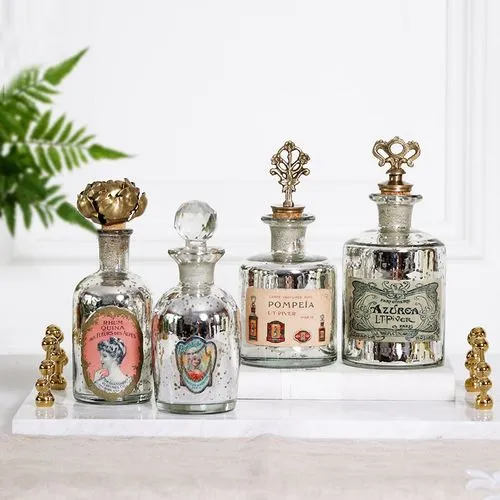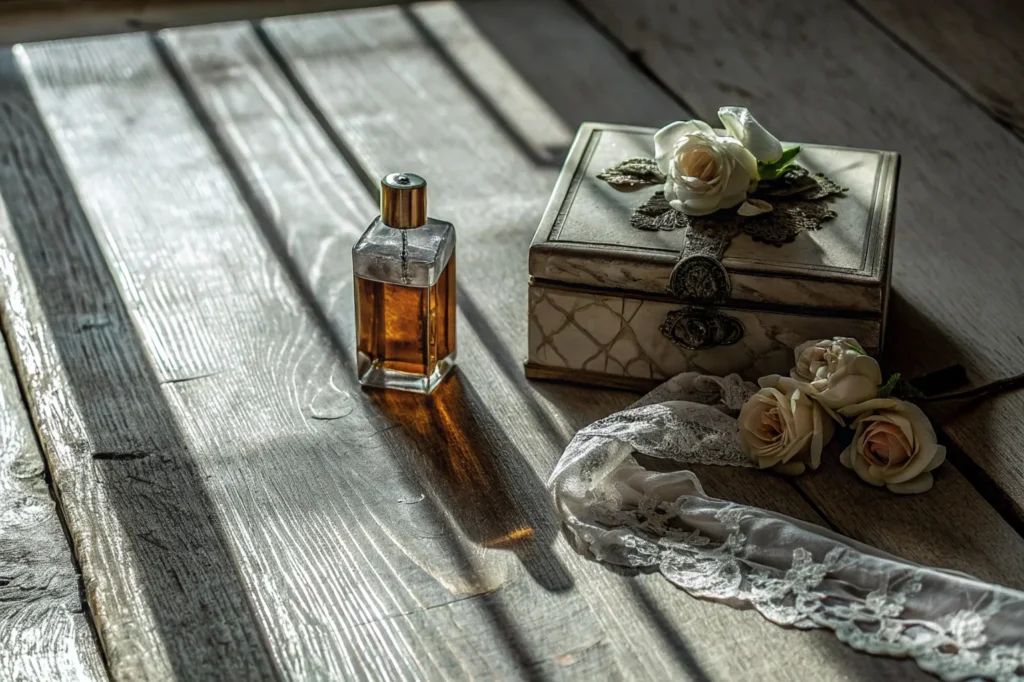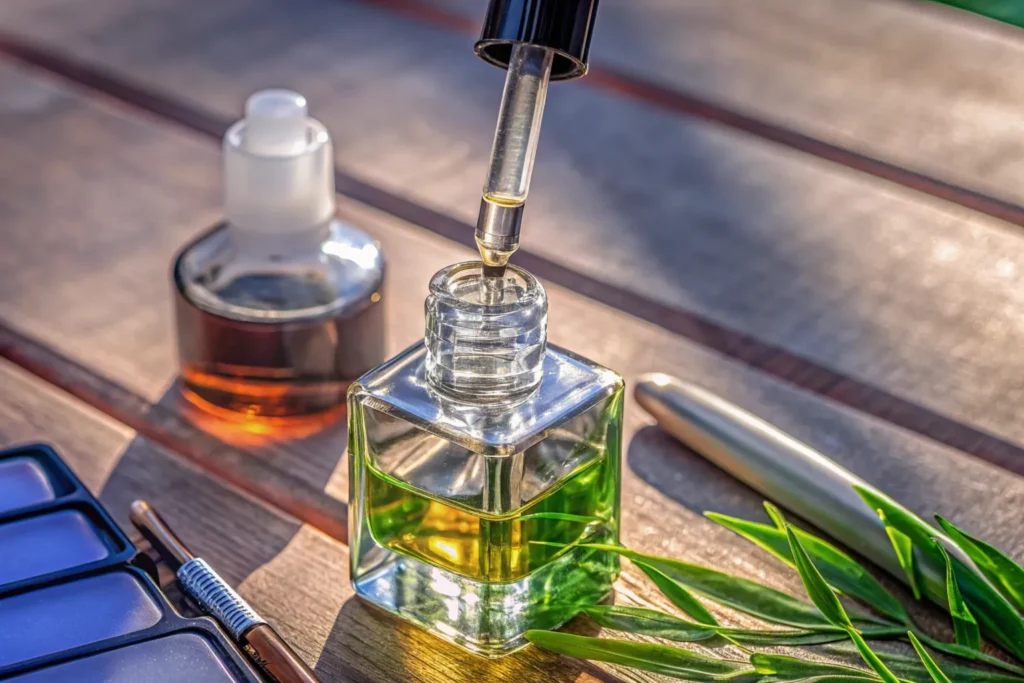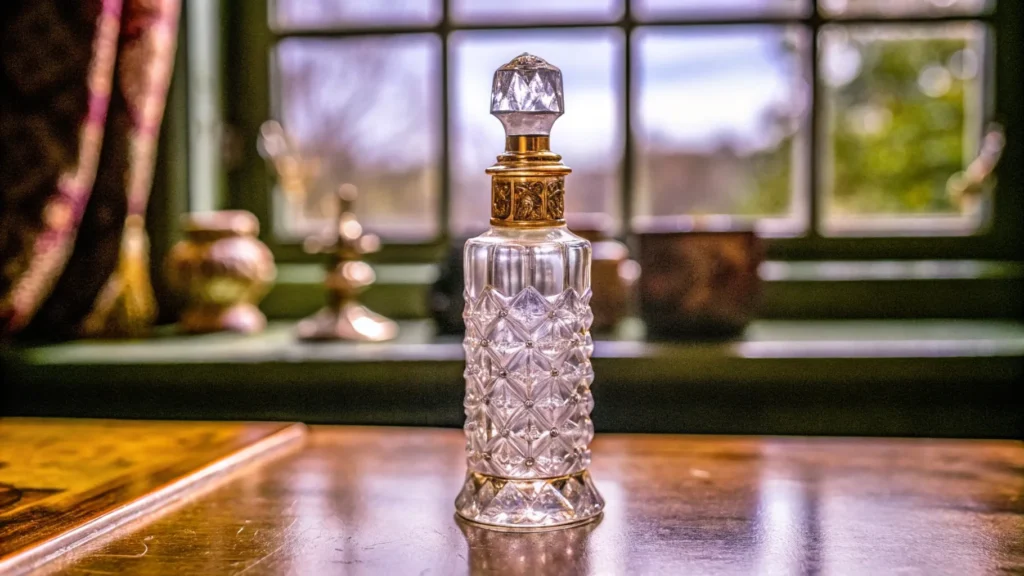Vintage perfume bottles are more than just a vessel for fragrance; they are pieces of art that represent the elegance, sophistication, and glamour of a bygone era. These exquisite bottles are sought after by collectors and perfume enthusiasts worldwide for their beauty, history, and sentimental value. In this complete guide to vintage perfume bottles, we will explore their evolution, styles, materials, and designers, and learn how to collect and care for them.
History of Vintage Perfume Bottles

Ancient civilizations in Egypt, Greece, and Rome used perfume for its aromatic and therapeutic properties, creating fragrances from natural ingredients like flowers, herbs, and resins. They stored these perfumes in vessels made of clay, stone, and glass.
Throughout the Middle Ages, perfumes had mainly religious and medicinal uses, and Arab traders passed down the art of perfumery to Europe. By the 16th century, the aristocracy and wealthy merchants used perfumes as a luxury item. Perfume bottles were adorned with jewels, cameos, and miniatures, and crafted from precious materials like gold, silver, enamel, and glass.
The popularity of perfumes continued to grow in the 18th and 19th centuries, with the rise of the French perfumery industry and the development of synthetic fragrances. Perfume bottles became more elaborate and decorative, reflecting the tastes and styles of the time. The Art Nouveau and Art Deco movements in the early 20th century brought new designs and materials to the perfume bottle industry, such as Lalique’s glass bottles and Baccarat’s crystal bottles.
Styles of Vintage Perfume Bottles
Vintage perfume bottles come in a wide variety of styles and shapes, each reflecting the fashion and design trends of the era. Some of the most popular styles of vintage perfume bottles are:
Art Nouveau: Art Nouveau is characterized by its flowing, organic lines and naturalistic motifs. The Art Nouveau perfume bottles often feature sinuous shapes, floral designs, and iridescent finishes.
Art Deco: Art Deco is known for its geometric shapes, bold colors, and luxurious materials. The Art Deco perfume bottles are typically streamlined, with clean lines, stylized motifs, and chrome or silver accents.
Cut Glass: Cut glass perfume bottles were popular in the late 19th and early 20th centuries. They are often decorated with intricate patterns and designs, such as stars, diamonds, and flowers.
Crystal: Crystal perfume bottles are prized for their clarity, brilliance, and weight. They are often embellished with cut or etched designs, and may be topped with a crystal stopper or a decorative metal cap.
Figural: Figural perfume bottles are shaped like animals, people, or objects. They are often whimsical and charming, and may be made from a variety of materials such as porcelain, glass, or metal.
Materials of Vintage Perfume Bottles
Vintage perfume bottles are made from a range of materials, each with its unique properties and characteristics. Some of the most common materials used in vintage perfume bottles are:
Glass: Glass is the most popular material for vintage perfume bottles. It is versatile, durable, and can be molded into a variety of shapes and designs. Glass bottles may be clear or colored, and may be embellished with etched, engraved, or painted designs.
Crystal: Crystal is a high-quality glass that is prized for its clarity, brilliance, and weight. Crystal perfume bottles may be plain or decorated with cut or etched designs, and may be topped with a crystal stopper or a decorative metal cap.
Porcelain: Porcelain is a type of ceramic that is known for its delicate beauty and translucency. Porcelain perfume bottles may be hand-painted or decorated with transfer prints, and may be topped with a porcelain cap or a metal or glass stopper.
Metal: Metal perfume bottles are often made from brass, silver, or gold. They may be engraved, embossed, or adorned with precious stones or enamel. Metal perfume bottles may have a hinged lid or a screw-on cap.
Bakelite: Bakelite is a type of plastic that was popular in the early 20th century. Bakelite perfume bottles may be molded into a variety of shapes and designs, and may be colored or marbled.
Designers of Vintage Perfume Bottles
Many famous designers and perfumers have created iconic perfume bottles throughout history. Some of the most notable designers of vintage perfume bottles are:
René Lalique: René Lalique was a French glass designer who revolutionized the perfume bottle industry in the early 20th century. Lalique’s perfume bottles are known for their intricate designs, sculptural shapes, and use of frosted and colored glass.
Baccarat: Baccarat is a French crystal manufacturer that has been making luxury glassware since the 18th century. Baccarat’s crystal perfume bottles are renowned for their clarity, brilliance, and intricate cuts and designs.
Guerlain: Guerlain is a French perfume house that has been creating fragrances since the 19th century. Guerlain’s perfume bottles are known for their elegant shapes, luxurious materials, and ornate designs.
Chanel: Chanel is a French fashion house that began creating perfumes in the 1920s. Chanel’s perfume bottles are characterized by their clean lines, minimalist designs, and use of simple materials such as glass and metal.
Collecting Vintage Perfume Bottles
Collecting vintage perfume bottles can be a rewarding and fascinating hobby, but it requires knowledge, patience, and attention to detail. Here are some tips for collecting vintage perfume bottles:
Do your research: Learn as much as you can about vintage perfume bottles, including their history, styles, materials, and designers. Read books, attend auctions, and talk to other collectors to gain knowledge and insights.
Inspect the bottle: When considering a vintage perfume bottle, examine it carefully for any signs of damage, wear, or restoration. Look for chips, cracks, scratches, or missing pieces, and check if the bottle has been repaired or altered.
Consider the provenance: A vintage perfume bottle with a documented provenance, such as a certificate of authenticity or a previous owner’s history, may be more valuable and desirable to collectors.
Think about the display: Vintage perfume bottles are not only beautiful but also make stunning displays. Consider how you will showcase and store your collection, such as on a shelf, in a cabinet, or in a specialized display case.
Caring for Vintage Perfume Bottles
Vintage perfume bottles require proper care and maintenance to preserve their beauty and value. Here are some tips for caring for vintage perfume bottles:
Handle with care: Vintage perfume bottle are delicate and fragile, so handle them with care. Avoid dropping, knocking, or jostling them, and use cotton gloves when handling to prevent fingerprints and oils.
Store properly: Store vintage perfume bottles in a cool, dry, and dark place, away from direct sunlight, heat, or humidity. Keep them upright to prevent the fragrance from evaporating or leaking.
Clean gently: Clean vintage perfume bottle gently with a soft cloth or a cotton swab dipped in a mild soap and water solution. Do not use abrasive cleaners, harsh chemicals, or water on metal parts, as they can cause discoloration or corrosion.
Conclusion
The creators of vintage perfume bottles crafted intricate works of art that encapsulate the aesthetics, culture, and history of the time in which they were made. As a result, these bottles are not just mere objects, but hold significant value as cultural artifacts. Their beauty and charm have captured the imagination of collectors and enthusiasts for centuries, reminding us of the power of scent to evoke emotions and memories, and of the artistry and craftsmanship involved in creating objects of beauty and significance.
Whether you are an experienced collector or a novice enthusiast, exploring the world of vintage perfume bottle can be a fascinating and rewarding journey. By learning about their materials, styles, and designers, we can appreciate the intricate details and unique qualities of these miniature masterpieces.
By collecting and caring for vintage perfume bottle, we can preserve their beauty and value for future generations to enjoy. As we cherish these timeless symbols of beauty, elegance, and sophistication, we are reminded of the enduring legacy of these iconic objects and their place in the rich tapestry of human history.



